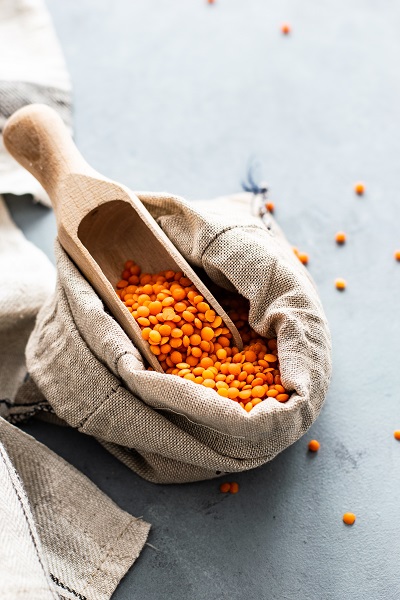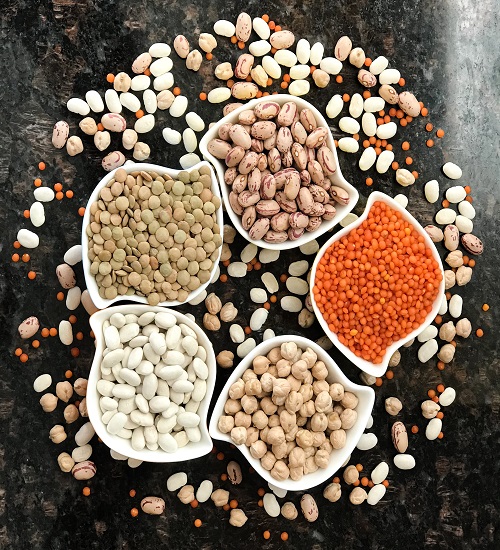
Rice is a staple food for billions of people worldwide, particularly in Asia, where it serves as a dietary cornerstone. It provides a significant source of carbohydrates and essential nutrients, making it an indispensable component of balanced diets and food security strategies.
Rice cultivation varies across regions, with different varieties adapted to specific climates and growing conditions. Common types of rice include long-grain, medium-grain, and aromatic varieties, each possessing distinct characteristics in terms of grain size, shape, texture, aroma, and cooking properties.
The global trade in rice is substantial, driven by diverse factors such as demand-supply dynamics, consumption patterns, and trade policies. Major rice-exporting countries, including Thailand, Vietnam, India, and the United States, play a crucial role in meeting global demand and ensuring a stable rice market.
Sugar:Sugar, derived primarily from sugarcane and sugar beets, serves as a sweetener and food additive in a wide range of culinary preparations. It adds flavor and sweetness to beverages, confectionery, baked goods, and processed foods, enhancing the sensory appeal of various products.
Sugarcane and sugar beet cultivation form the foundation of sugar production. Once harvested, these crops undergo extraction, refining, and processing to obtain different types of sugar, such as granulated sugar, brown sugar, and powdered sugar.
Sugar trade is a significant component of the global agricultural market. Key sugar-exporting countries, including Brazil, India, Thailand, and Australia, contribute to meeting global demand. Additionally, the sugar industry supports the livelihoods of millions of farmers and workers worldwide.
Pulses, which include various leguminous crops such as lentils, chickpeas, beans, and peas, are rich sources of protein, dietary fiber, vitamins, and minerals. They play a crucial role in vegetarian and vegan diets, providing essential nutrition and contributing to balanced meals.
Pulses have diverse culinary applications, including soups, stews, salads, and side dishes. They are versatile ingredients that can be cooked, sprouted, ground into flour, or used in processed food products. Pulses offer an environmentally sustainable protein alternative to animal-based sources.
Pulse trade is vital for ensuring food security and nutrition in many regions. Countries such as Canada, India, Australia, and the United States are major players in the global pulse market, exporting significant quantities of these nutritious crops.
Legumes:Legumes, including chickpeas, lentils, soybeans, and kidney beans, are highly nutritious and rich in plant-based protein, dietary fiber, vitamins, and minerals. They are valued for their contribution to a healthy diet and are integral to vegetarian and vegan lifestyles.
Legumes play a vital role in sustainable agriculture. They have the unique ability to fix nitrogen in the soil, reducing the need for synthetic fertilizers and contributing to soil health. Legume crops also promote biodiversity and provide ecological benefits.
Legumes find applications in a wide range of industries. Soybeans, for instance, are processed into various products such as tofu, soy milk, and vegetable oils. Chickpeas are used to make hummus and other Mediterranean dishes, while lentils are popular in soups and curries.

Rice, sugar, pulses, and legumes are integral components of the global agro commodities market. From nourishing billions of people as staple foods to supporting trade and economic development, these commodities hold immense significance. Understanding their production, trade dynamics, and culinary versatility allows us to appreciate their vital role in ensuring food security, promoting nutrition, and contributing to sustainable agriculture. By valuing and utilizing these agricultural treasures, we can work towards a more nourished and sustainable future for all.